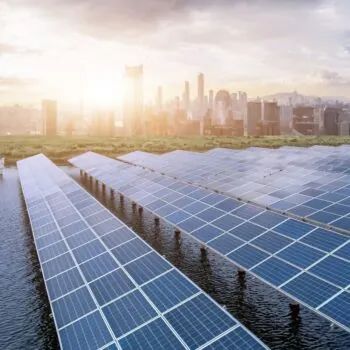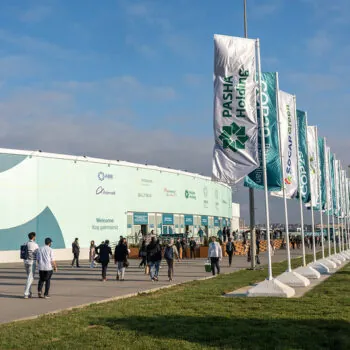The objective to achieve net zero emissions of greenhouse gases by mid-century places even greater importance on rapidly decarbonising the energy system. Avoiding a potential ‘decarbonisation logjam’, where uncertainty over the future prevents investment in important infrastructure, must be a key priority for both the new European Commission and member state governments.
A focus on deploying renewable power generation and developing options to tackle more challenging issues is no longer enough. Continuing to keep all options open will both be costly for the consumer and gamble away critical time in protecting EU citizens from the impacts of climate change. Instead, it is necessary to make some long-term infrastructure commitments that are based on our current best view of the least cost pathway to net zero.
This note sets out how to make progress despite future uncertainty, thereby resolving the future for gas and prioritising energy efficiency. It proposes a new delivery model designed to avoid wasting money by rigorously targeting infrastructure spend, maximising the value of ‘just transition’ support, ensuring a high value research and innovation agenda, and, above all, retaining a laser focus on improving the lives of citizens during the transition.
The delivery model involves three core functions: technical expert body, system architect and delivery bodies, operating at EU, member state and local levels. The system architect and delivery functions can be docked onto existing institutions, but since the technical expert requires independence a new “Clean Economy Observatory” would be most likely to bring success.
A new EU climate law – the Climate Framework Directive – would provide the most appropriate home for much of the necessary legislation. In addition, the ‘decarbonisation package’ that is planned to support the decarbonisation of the gas sector presents an opportunity to introduce some of the important changes.
Read the full briefing, EU Energy System Decarbonisation Policy: Breaking the Logjam, here.


